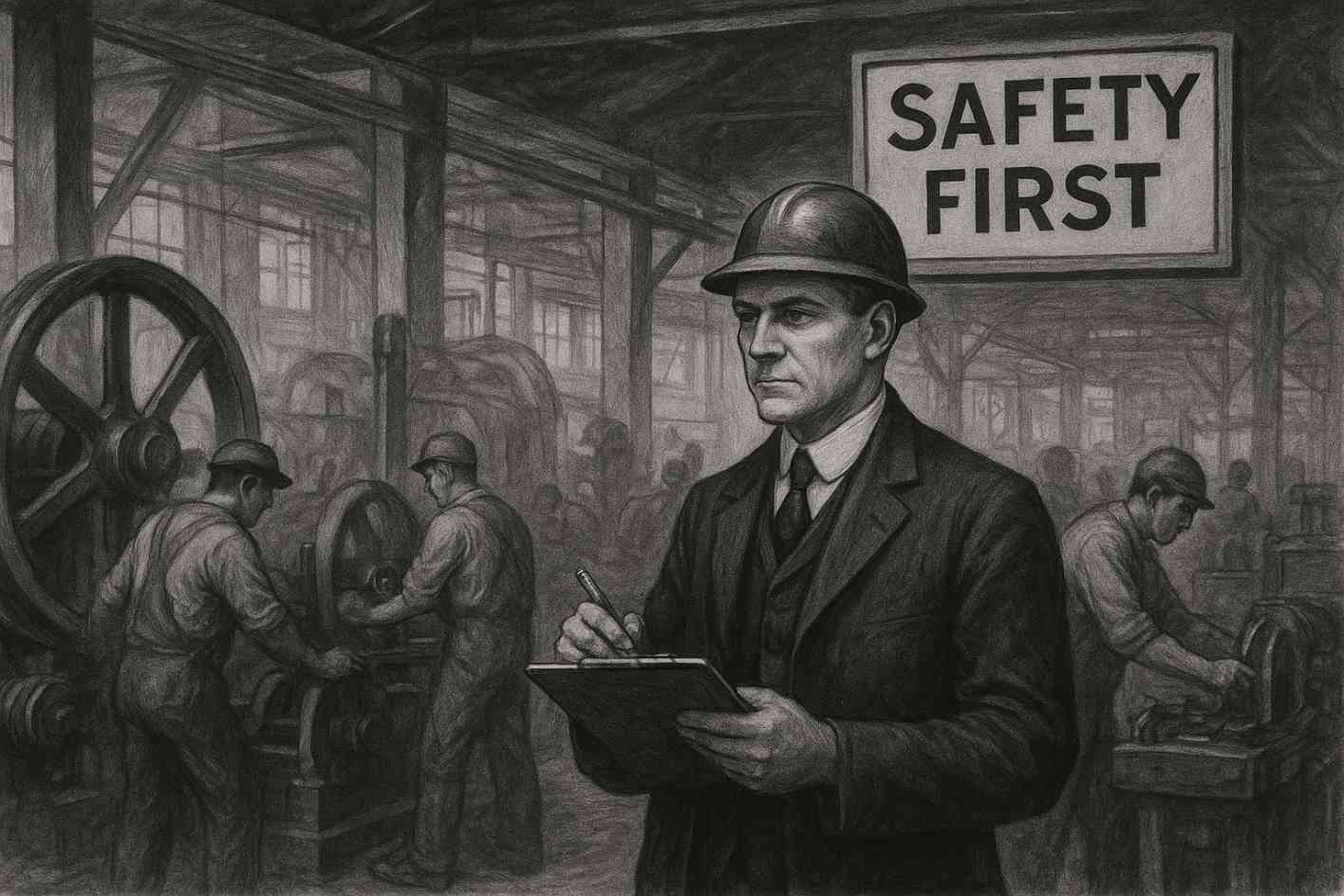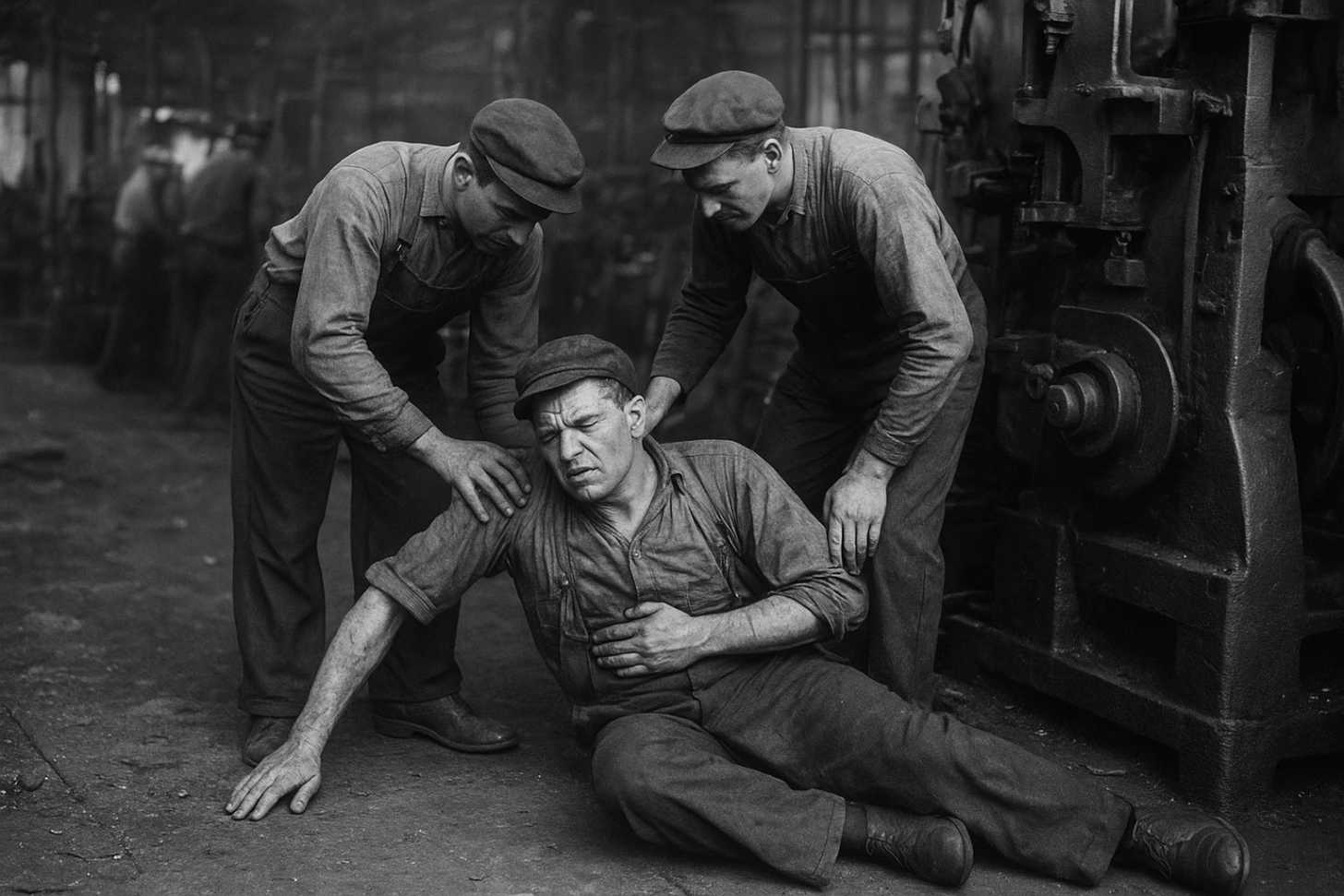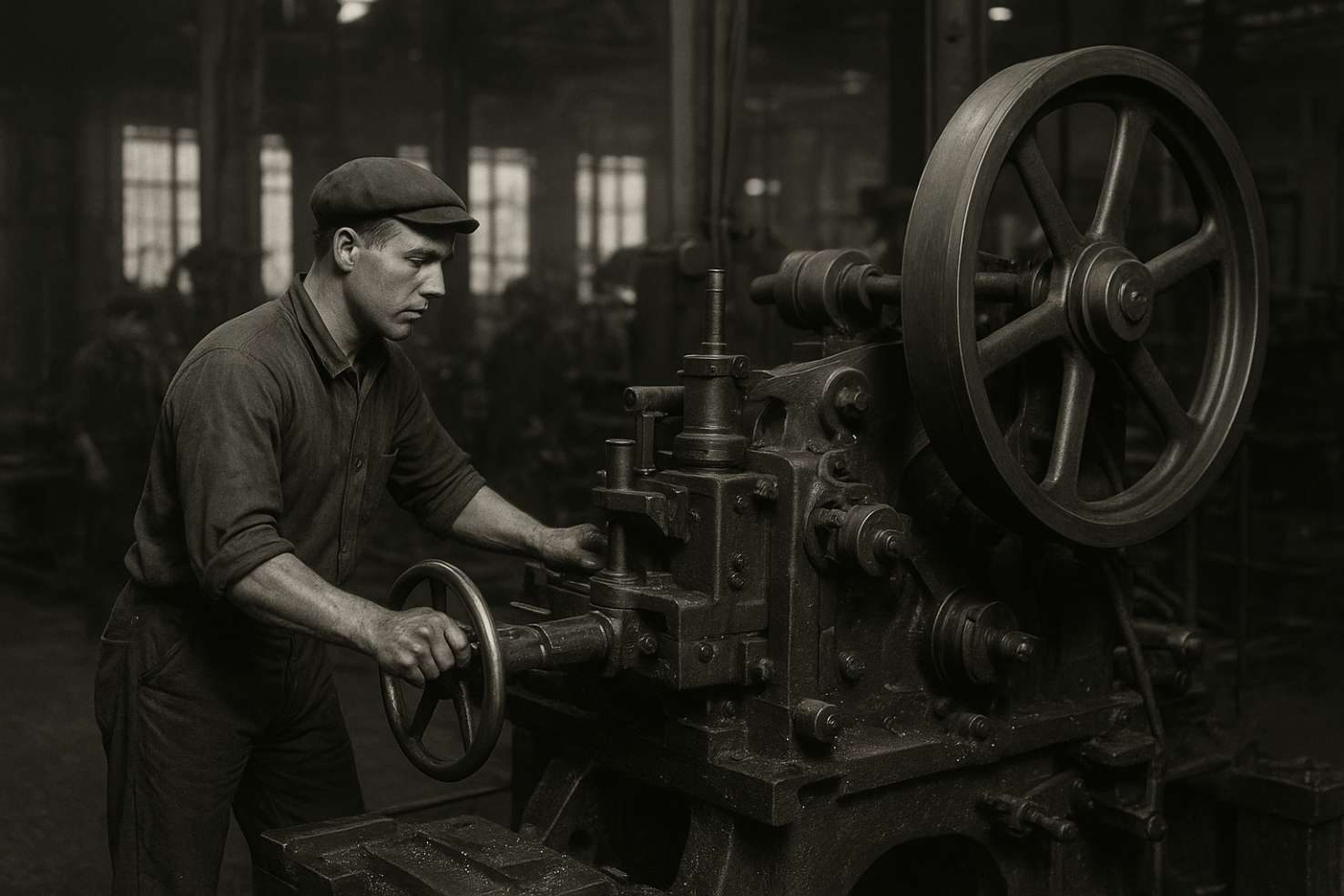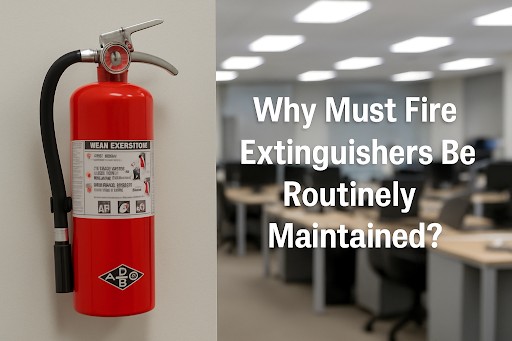When I first started working in corporate risk assessment, I was struck by how much workplace safety has evolved over the years. But I couldn’t help but wonder—how did we get here? What was it like back in 1900, when workplace safety laws were practically nonexistent?
I decided to dig deep into the history to understand just how far we’ve come in protecting workers. And let me tell you, the difference is staggering.
In 1900, workplace safety laws in the United States were in their infancy, and I mean barely there. Workers had little to no legal protection against unsafe conditions, and what little was in place was hardly enforced.
The industrial boom was in full swing, and while factories and mines churned out products at breakneck speed, worker safety was an afterthought. So, what was the status of U.S. workplace safety laws in 1900? Let’s take a closer look.
How Did Federal Regulations Stack Up in 1900?
In a word? Nonexistent. In 1900, there was no federal agency overseeing workplace safety. The Department of Labor, which would later be critical in enforcing regulations, wouldn’t be established until 1913.
And the Public Health Service, which eventually took on the responsibility for occupational diseases, didn’t get involved until 1912.
This left workplace safety largely up to the discretion of individual employers and state governments. And we all know how that turned out—not great.
With no clear or comprehensive federal standards, workers were at the mercy of whichever state they worked in. Some states had laws, but they were weak and poorly enforced.
The result? Dangerous working conditions that left people exposed to life-threatening hazards daily.
It’s hard to imagine, but we’re talking about conditions where unsafe machinery, exposure to toxic substances, and grueling work hours were the norm.
Were State-Level Laws Any Better?

A few states did try to step in and pass safety laws, but the problem was, they were often underfunded and lacked the authority to enforce them.
Massachusetts, for example, passed the first factory inspection law in 1877, but even that was limited in its reach and effectiveness.
Inspectors were stretched thin, and fines for violations were often so low that they didn’t serve as much of a deterrent.
In many places, state laws were nothing more than a suggestion—compliance was voluntary, not mandatory.
What’s worse, even when states had laws on the books, they were often ignored or circumvented by employers.
After all, without real enforcement, there was little incentive to prioritize worker safety over profits. The idea of having a structured safety program was a distant dream.
Did Workers Have Any Legal Protection?

In short—nope. In 1900, if you were injured at work, your options were limited. Workers couldn’t rely on compensation laws because there were none. Imagine that. If you were injured on the job, your only option was to file a negligence lawsuit.
But here’s the kicker: winning such a case was extremely difficult. Legal doctrines at the time shielded employers from being held responsible for injuries that occurred on the job.
And even if workers could somehow manage to win a lawsuit, the financial relief was often minimal, especially compared to today’s standards of workers’ compensation.
It wasn’t until decades later that workers’ compensation laws started to take shape, giving workers the financial security they desperately needed after a workplace injury.
But in 1900? There was nothing. Workers were left to fend for themselves or rely on their employers’ goodwill—an uncertain proposition at best.
What Was the Working Environment Like?
It was as bad as you’re imagining, if not worse. The industrial revolution had turned workplaces into hotbeds of danger.
Factories were filled with noisy, unsafe machinery, while workers were exposed to harmful chemicals, extreme heat, and long hours.
There was no OSHA (Occupational Safety and Health Administration), no protective gear, no safety drills, and no health monitoring. The primary goal was production—not worker well-being.
Workers often faced hazardous conditions like fire, accidents in coal mines, factories, and textile mills. They worked 10–12 hours a day, six days a week, with little regard for their physical safety. Injuries were common, and fatalities were frequent.
In fact, the rate of workplace injuries and deaths in industries like mining and manufacturing was staggering compared to today’s standards.
You can imagine how demoralizing it must have been to feel so powerless in a dangerous environment.
What Sparked the Need for Change?
By the late 19th and early 20th centuries, workers had had enough. Labor unions began to rise up, advocating for better working conditions, shorter hours, and higher wages.
They fought for safer workplaces, but they had an uphill battle. Public awareness of workplace dangers began to grow, thanks in part to these unions and the media, but progress was slow.
The fact that there were no federal regulations or consistent enforcement made it difficult for any meaningful change to take place.
However, these early movements laid the groundwork for the reforms that would come decades later.
It wasn’t until the 1970s, after years of public outcry and union efforts, that the U.S. government passed the Occupational Safety and Health Act (OSH Act), creating OSHA and establishing comprehensive regulations aimed at protecting workers.
But in 1900, this was all just a dream.
A Glimmer of Hope: The “Safety First” Movement
Despite the grim reality, there was a glimmer of hope. The “Safety First” movement started to gain traction in the early 20th century, spurred by a growing awareness of workplace dangers.
While it didn’t result in immediate legislative change, the movement played a key role in getting the conversation started.
It was the beginning of a slow and difficult journey toward the protections we have today.
FAQ: Common Questions About U.S. Workplace Safety in 1900
What were the most dangerous industries in 1900?
Mining, manufacturing, and construction were some of the most dangerous industries in the early 20th century. Workers in these fields faced high rates of injuries and fatalities due to hazardous machinery, toxic exposure, and grueling working conditions.
Were there any safety laws in place in 1900?
A few states had basic safety laws, like factory inspections, but they were often poorly enforced. Federal safety regulations didn’t exist, and state laws varied widely in terms of effectiveness.
When did workers’ compensation laws begin to take effect?
Workers’ compensation laws didn’t become widespread until the 1910s and 1920s. In 1900, there were no formal systems in place to help workers injured on the job.
So, What’s the Takeaway?
From the lack of federal regulation to the meager state laws, the status of U.S. workplace safety laws in 1900 was a mess.
Workers faced dangerous, life-threatening conditions with little legal protection, and the systems in place for addressing injuries or deaths were barely functional.
It was a time when workers had few options beyond hoping their employer would provide a safe environment—and often, that didn’t happen.
Thankfully, today we have robust laws and regulations, including OSHA, to protect workers’ rights and ensure a safer working environment.
Remember, workplace safety isn’t just a box to check; it’s a fundamental human right. Let’s continue to fight for better working conditions, just like the labor movements of the past did.
Stay safe out there!




